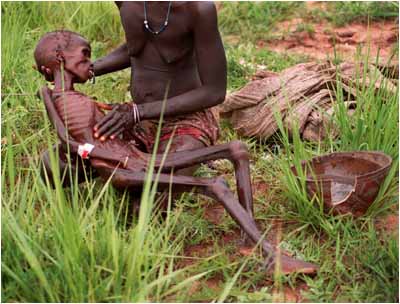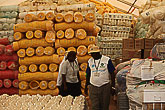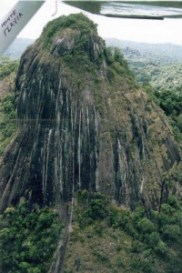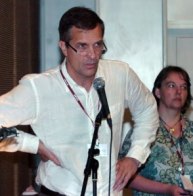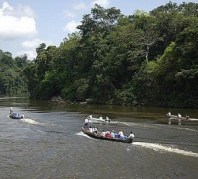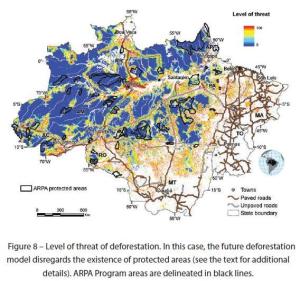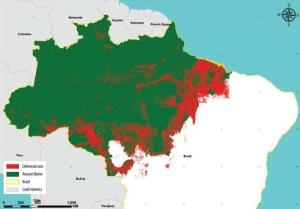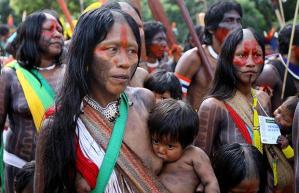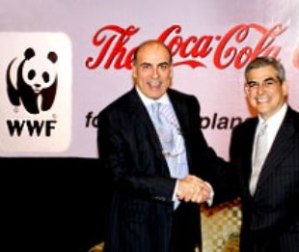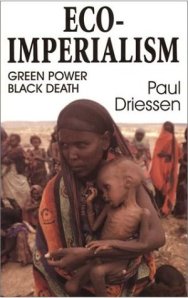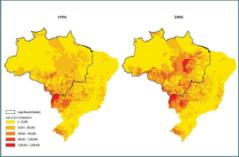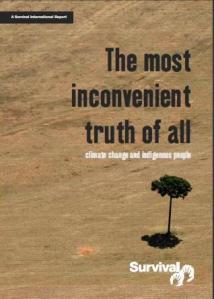Mar 20
20120
Carbon Markets | REDD, Non-Profit Industrial Complex
Ford IMF Indigenous Rights REDD Rio RIO+20 United Nations World Bank WTO
Fourth World Eye | Public Relations Puppets
Mar 20, 2012 by Jay Taber
Source: Center for World Indigenous Studies
In Poznan, Poland in 2008, the UN excluded indigenous nations delegates from participating in climate change talks, insinuating that only UN member states are legitimate governing authorities. The motivation for the United Nations exclusionary policy on indigenous peoples participation was that the UN was meeting to hatch a new scheme for transnational corporations and investment banks to control the world: it was called REDD, a Ponzi scheme for carbon-market trading that would make the Wall Street heists of today look like chicken feed. Indigenous nations sent delegates to protest this life-threatening fraud by the UN and its agencies like the IMF, World Bank, and WTO. Civil society groups spoke in support of the indigenous peoples, UN officials closed them out, and the world never knew.In the runup to the 2009 UN conference on climate change in Copenhagen, I wrote about the news ruse perpetrated by the UN to undermine the Indigenous Peoples Forum on Climate Change. True to their past practices, they repeated this trickery with an added twist, stating indigenous peoples could only participate through UN-recognized non-governmental organizations.
This privileged participatory posture of the UN was repeated in 2010 in Cancun, where the Indigenous Caucus spokesman Tom Goldtooth had his credentials revoked for calling the conference a trade show for promoting false solutions. Goldtooth and others were ejected by the UN for drawing media attention to the fact that a major agenda item of the international discussion in Cancun, as in Copenhagen, was to silence indigenous peoples. I later wrote about the NGO ambassadors of greed fronting for the UN scheme, noting commentary by Goldtooth that he had never witnessed the intensity of deception as unleashed by the UN in Copenhagen and Cancun.
Now, in the runup to the UN Conference on Sustainable Development, to be held in Rio de Janeiro in June 2012, the UN has preselected indigenous representation — already compromised by bribery from UN agencies and transnational corporations — as those that will be permitted to participate. As cheerleaders funded by such entities as Ford Foundation, these supplicants amount to little more than public relations puppets. →



